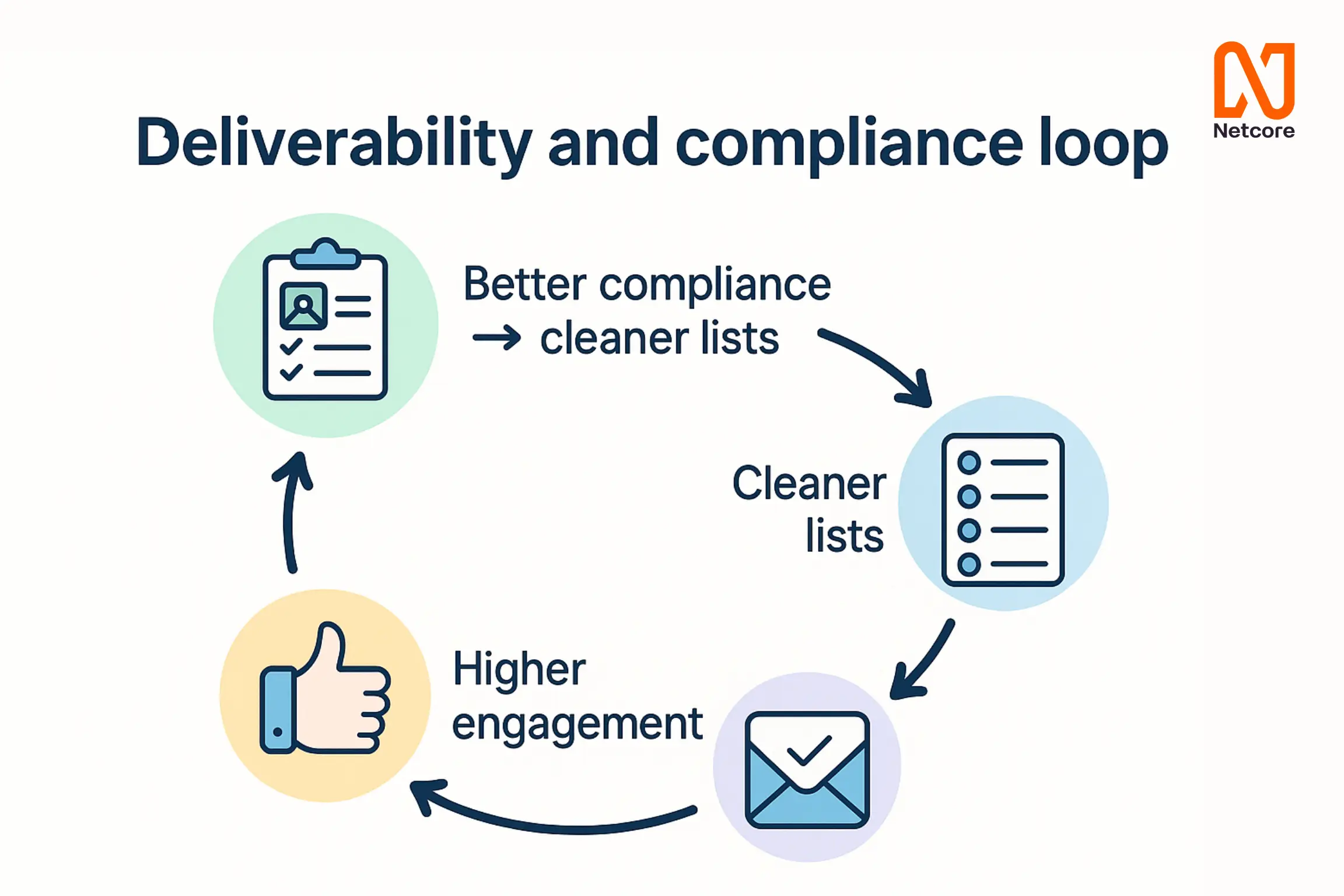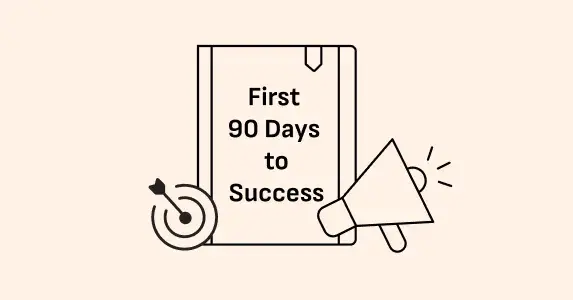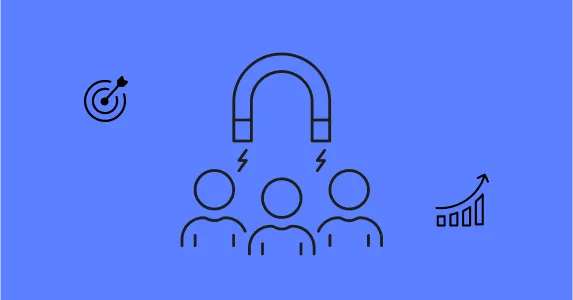Deliverability and compliance have become the new currency of customer trust, defining which brands get seen, heard, and retained.
Imagine spending millions building personalized retention journeys, only to realize that half your messages never even reach your customers.
That’s the unspoken truth of retention marketing in 2026. Behind every campaign that underperforms is often not a creative problem, but a deliverability or compliance one. Messages bounce, land in spam, or are blocked due to poor sender reputation. Meanwhile, stricter privacy laws mean one wrong send can trigger penalties or customer distrust.
A global e-commerce brand once launched a major sale campaign, only to discover that 40% of its emails were flagged as spam due to inconsistent authentication. The campaign didn’t fail because of bad offers. It failed because of bad deliverability.
This is where the conversation shifts.
Deliverability and compliance are no longer backend technicalities; they’re front-line business strategies.
Deliverability in Retention: From Backend Metric to Business Driver
What Deliverability Really Means (Beyond “Emails Sent”)
Most marketers think of deliverability as “emails delivered.” But true deliverability is about inbox placement—not just avoiding bounces, but ensuring your message lands where customers actually see it.
Here’s the cinematic truth:
For every 1% drop in deliverability, a mid-size ecommerce business can lose $800K–$1M in annual revenue.
That’s why in 2026, inboxing has evolved from a technical metric to a strategic performance lever.
Why Deliverability Is Mission-Critical for Customer Retention Platforms
Retention platforms thrive on repeat engagement—but even the best personalization fails if messages never reach customers. Deliverability affects every downstream metric: open rates, CTRs, conversions, and customer lifetime value (CLV).
Common causes of poor deliverability include:
- Weak authentication (missing SPF/DKIM/DMARC)
- High spam complaints from over-messaging
- Poor data hygiene (invalid or inactive users)
- Ignoring engagement recency
The takeaway? Retention isn’t just about sending more—it’s about sending smarter. Know more about Email Deliverability Best Practices and Trends for 2025.
Today’s platforms are smarter. They don’t wait for failures—they predict them.
AI-powered engines like Netcore’s SmartSend now monitor sender reputation, predict engagement fatigue, and throttle sends in real time to prevent blocks. As one CMO put it, “Our deliverability engine now acts like a pilot, detecting turbulence before it hits.”
Netcore positions itself as a high-deliverability email provider with:
- A proprietary ESP and AI-driven sending engine
- Real-time reputation monitoring
- A dedicated deliverability consulting team
These translate into industry-leading inbox placement rates (>95%) and multiple client case studies showing recovery from problematic baselines to ~99% inboxing.
Examples:
- Connected Investors: delivery improved from 62% to 99.1%, open rates from 6.5% to 25.1%.
- Fidelity Bank: up to 96% deliverability, with spam incidents nearly eliminated.
- MakeMyTrip: sustained 90%+ inbox placement, with most emails landing in the primary folder.
In 2026, your sender score is your revenue score, and Netcore knows how to keep it perfect.
Compliance
1. The Shifting Landscape of Data Privacy

Data privacy isn’t optional anymore; it’s survival.
From GDPR in Europe to DPDP in India and CCPA in the US, new laws demand active consent, data transparency, and local storage compliance.
Marketers who ignore compliance aren’t just risking fines, they’re losing trust.
When customers lose faith in how you handle their data, they unsubscribe from more than your emails—they unsubscribe from your brand.
Netcore not only supports CMMI level 3, GDPR, and CSA, but also provides deliverability best practices and managed consulting to safeguard sender reputation and ensure full legal compliance.
2. How Compliance Impacts Retention
Retention thrives on trust. And trust starts with consent.
Customers expect brands to respect their preferences, what they signed up for, how often they want to hear from you, and through which channel. Platforms that fail to centralize consent often send conflicting messages across channels, creating frustration and opt-outs.
Retention leaders are now adopting real-time consent sync and preference centers that give customers control, making compliance a growth strategy, not a constraint.
3. From Reactive Compliance to Privacy-by-Design
The best retention platforms have moved from compliance as a reaction to compliance as architecture.
Netcore is one of the few global engagement providers that embeds privacy-by-design deeply into its systems.
The company’s commitment to process maturity was validated when Netcore was appraised at Level 3 of ISACA’s Capability Maturity Model Integration (CMMI®) in October 2025, The Wire.
“Achieving this CMMI appraisal is more than just a certification; it’s a reflection of our relentless pursuit of perfection and our deep commitment to our customers,” said Kuldeep Sengar, Group CTO, Netcore.
At CMMI Level 3, Netcore’s processes are well-defined, repeatable, and continually optimized—assuring clients that their trust is well-placed and that compliance is managed with global precision.
The Deliverability–Compliance Loop
Most deliverability problems are actually compliance problems in disguise.
When you email users without active consent, deliverability drops.
When you send too frequently, engagement falls, and your sender reputation tanks. When your lists are outdated, bounces increase, and ISPs start flagging you.

Deliverability and compliance form a loop, not a line:
- Better compliance → cleaner lists
- Cleaner lists → higher engagement
- Higher engagement → improved deliverability
- Improved deliverability → stronger ROI
Retention platforms that connect both will dominate 2026, and Netcore’s unified deliverability + compliance ecosystem already leads that transformation.
Evaluating Retention Platforms: 6 Non-Negotiables for 2026

- AI-Driven Deliverability Monitoring – Predicts ISP blocks and auto-adjusts send strategy before damage occurs.
- Omnichannel Compliance Engine – Centralizes consent across email, SMS, push, and WhatsApp.
- Real-Time Sender Reputation Scoring – Monitors domain health and engagement continuously.
- Regional Data Hosting & Encryption – Aligns with GDPR, DPDP, and CCPA regulations.
- Automated List Hygiene & De-Duplication – Identifies invalid or inactive users automatically.
- Transparent Reporting & Escalation Protocols – Provides instant visibility into deliverability KPIs.
If your retention platform doesn’t check all six, you’re running unnecessary risk.
How Deliverability and Compliance Drive Retention Growth
Deliverability and compliance aren’t cost centers—they’re revenue protectors.
Better inboxing → more opens
More opens → more conversions
Fewer complaints → stronger sender reputation
Compliance → zero legal risk and lasting trust
Netcore’s clients have reported ROI uplifts of 15–25% through AI-driven deliverability optimization and proactive compliance management.
In 2026, success won’t be about how many messages you send—but how many reach, resonate, and retain.
Final Take
In an era of inbox overload and rising privacy scrutiny, retention success will belong to brands that send less but smarter.
Deliverability ensures your message gets seen. Compliance ensures it gets trusted.
Together, they form the heartbeat of sustainable customer relationships.
Netcore makes this easy with the world’s first agentic marketing platform—designed for humans and AI agents to work together to deliver compliant, high-performing campaigns with over 95% inbox placement.
Backed by enterprise-grade certifications, a proven deliverability record, and a CMMI Level 3 foundation of excellence, Netcore helps global brands send messages that matter—securely, compliantly, and profitably.
Your messages deserve to be seen. Your customers deserve to be respected. And your retention strategy deserves both.
Talk to Netcore to build a retention engine that reaches, respects, and retains—securely and at scale.
 Holiday Sales Are Won Now — Grab the 2025 Holiday Marketing Guide to Unlock More Revenue.
Holiday Sales Are Won Now — Grab the 2025 Holiday Marketing Guide to Unlock More Revenue. 












